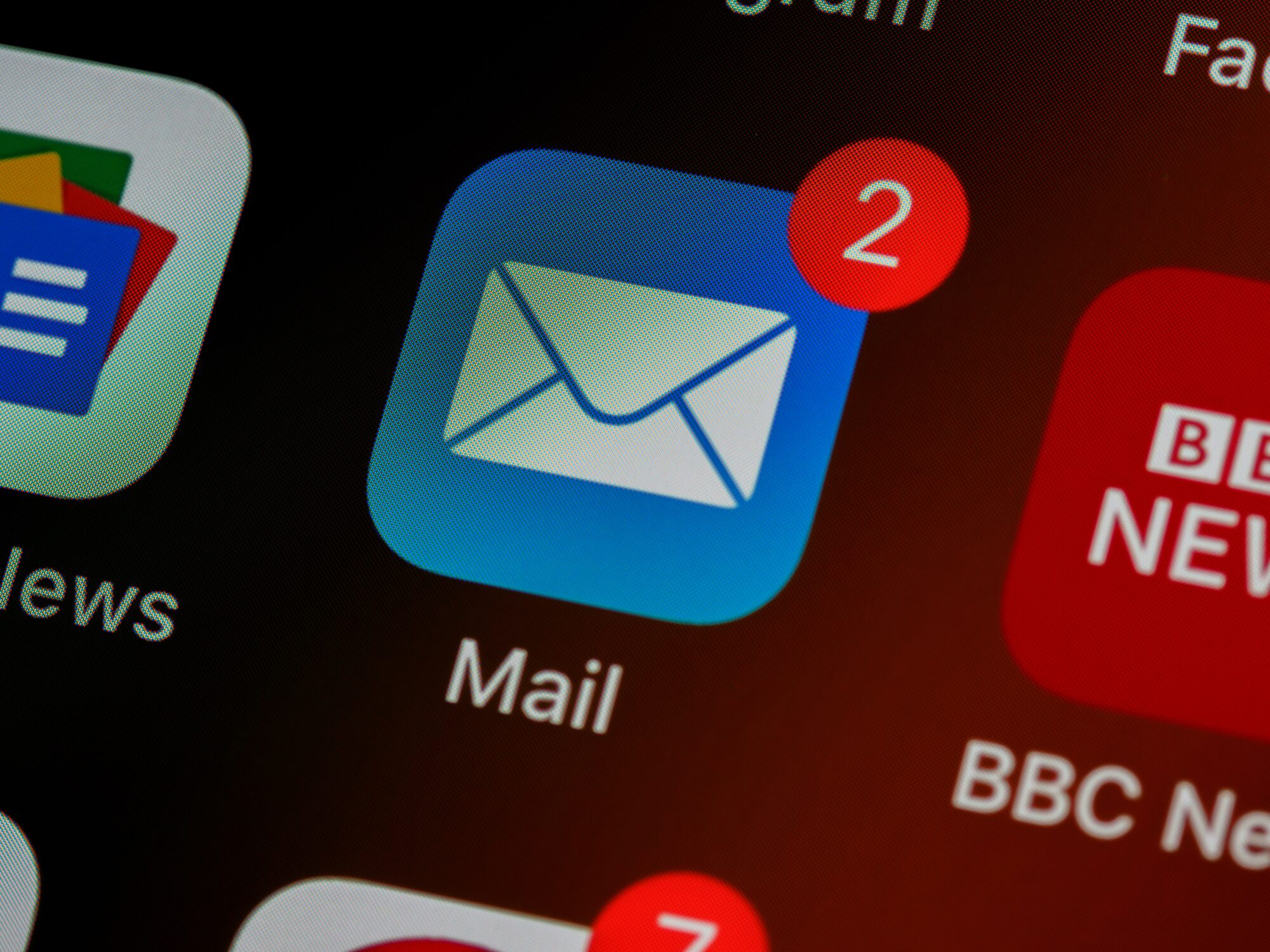How to Use PS in B2B Email Marketing
Hello,
Welcome to a short discussion about B2B email marketing. Specifically, how to use the P.S. (postscript) in email copy.
B2B email marketing has traditionally felt a little:
stiff | robotic | serious
But the modern era is blurring the lines between professional and personal. Meaning the way that businesses choose to communicate has become warmer, chattier, relaxed. And adding a ‘PS’ to the bottom of a B2B email campaign has become pretty trendy.
Are your stood comfortably at your (standing) desk? For you’re about to go on the PS journey, from its origin as a simple added note at the end of a letter to the mic drop moment it gives to the end of your email in 2023.
Here we go!

P.S. I hope you clicked on to the fact this introduction has been written in the style of email copy. Otherwise, we’re in trouble…
How has PS changed over time?
The term ‘postscript’ comes from the Latin post scriptum, which is a way of saying ‘written after’. Commonly abbreviated to P.S. (or simply ‘PS’), postscripts are single sentences or short paragraphs of copy that come at the end of a piece of writing, usually lettera or emails.
For language geeks like me, I just love getting into the how and why a simple PS is so compelling. If your main body of copy has done its job, i.e. it’s informed/explained, surely you shouldn’t need a line or so of extra information at the bottom of your text? Behold the magic of this initialism.

Postscripts, use then VS now
Waaay back when we actually wrote letters to each other on paper, a P.S. allowed the author to add in any details they’d forgotten or accidentally missed out. Fast-forward to the technologically-powered times of today, and the copy that follows a postscript has largely been missed out from the main body of copy on purpose.
PS has gone from a tool to add information which has been genuinely forgotten, to an open door for writers to introduce and add information to pique the interest of the reader.
Whether it’s to make a simple request of your audience (like taking a survey), or to state a brand-owned statistic to hit home your business’s expertise, or even add a cheeky something to make your audience smile, postscripts are like Fairy liquid: small but mighty.
They’re also a way of sneaking in some content to your email that might have otherwise seemed unrelated, forward, or out of place in the main body of copy. And for this, we owe the P.S. a lot.

How to use PS in B2B emails
Say you’re a SaaS vendor and you’re drafting your quarterly email newsletter for your customers. Let’s also say that a recent technical issue with part of your product’s dashboard has been causing chaos this quarter, both behind the scenes with your developers and on the customer interface used by hundreds daily.
Your email newsletter is the ideal opportunity to address the issue and set out how you’re working to resolve it. But your email brief also asks you to introduce customers to some new product features that are now available. And announce some changes to your company’s board structure.
Breaking this (purely hypothetical) example down, and you’re tasked with a double-edged sword: relaying information about a relatively serious topic which is likely to disgruntle users of your SaaS product whilst promoting all-singing, all-dancing new features. Talk about a tone of voice balancing act!
No customer wants to be hearing news about a faulty product from the software provider they rely on daily. But they’d rather receive the news in an email that sounds like it’s been written by a human. Not a corporate robot, and certainly not AI. (PS click here for my opinion on a particularly-hyped AI chatbot…).

What could P.S. look like?
So, the main body of your email needs to retain an element of professionalism/seriousness, but you don’t want to leave your readers with a sour taste in their mouths. Time for the PS to take to the floor!
P.S. We know you might not be feeling too happy about this slight hiccup, and we’d like to assure you that we’re here for any support you need.
Works because: You’re not pretending the issue isn’t really an issue. You’re acknowledging how your audience might be feeling, and you’re adding value to what’s been said by inviting them to get in touch – rather than fobbing them off.
Audience feels: Understood, recognised, and perhaps a little sympathetic.
P.S. Not the way we envisioned our Q2 newsletter going, but here’s some really cool things going on in SaaS right now that *might* put that smile back on your face!
Works because: It’s honest, it’s real, and it’s trying to lighten the mood in an empathetic way.
Audience feels: Like they’re not being lied to, a little less ticked off, and (hopefully) appreciate of your effort to try and end on a positive.
P.S. Please bear with us whilst we get things back to normal. Despite being super geeky technicians, we’re not superheroes (yet!).
Works because: You’re reminding your audience that you’re only human. They can relate, they can sympathise, and they can see that you’re trying to fix things.
Audience feels: Acknowledged, in good hands, and calmer than they did at the start of the email.
One last thing…
The postscripts above are three quick examples of how you could add a PS to your B2B emails to break down that barrier that so often exists between ‘Inbox (1)’ and your human reader on the other side of the screen. They’re also a prime way of testing your brand’s tone of voice. And a subtle way of introducing personality, humour, and slightly different thought-provoking messaging to your copy.
They’re also the perfect CTA for something that either relates to your email content, or is completely separate. And for that, we thank the P.S.!
Try it out in your next email campaign. We’re sure you won’t be disappointed!
P.S. for more email marketing tips, tricks, and tests, our Content Team are only an email away.
